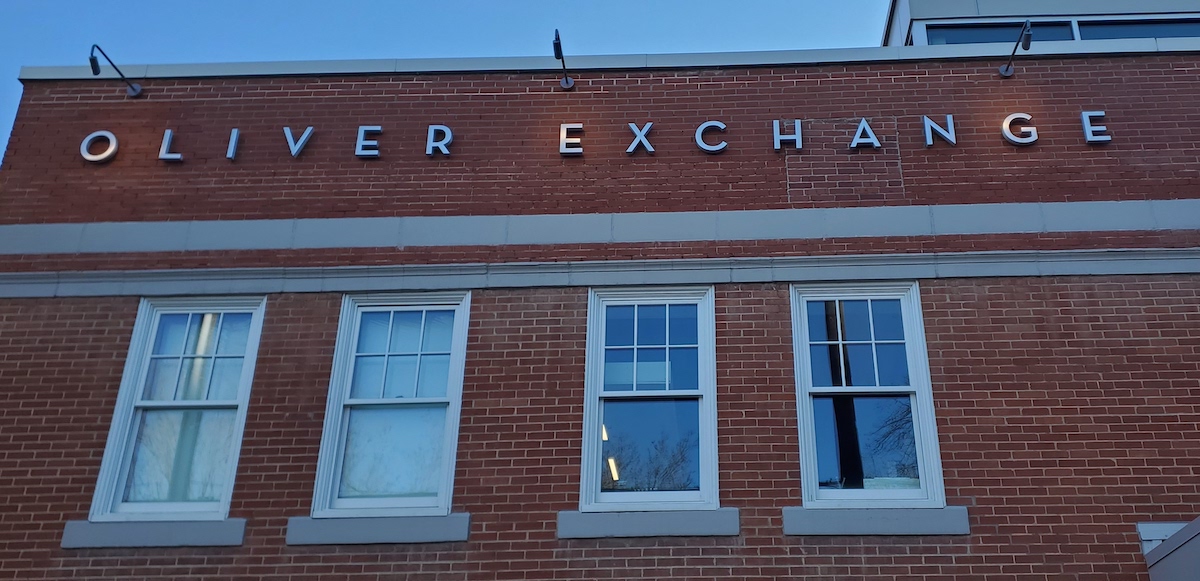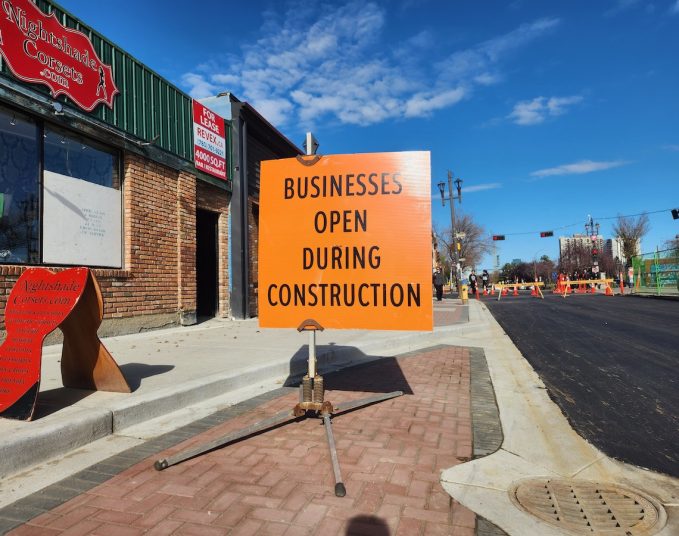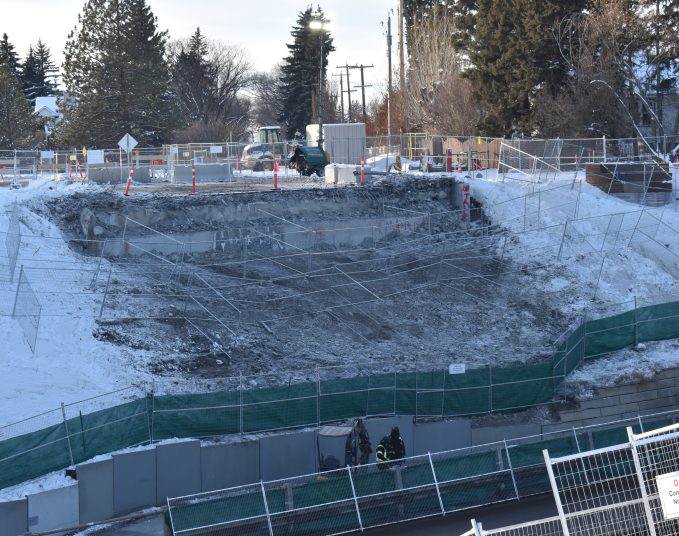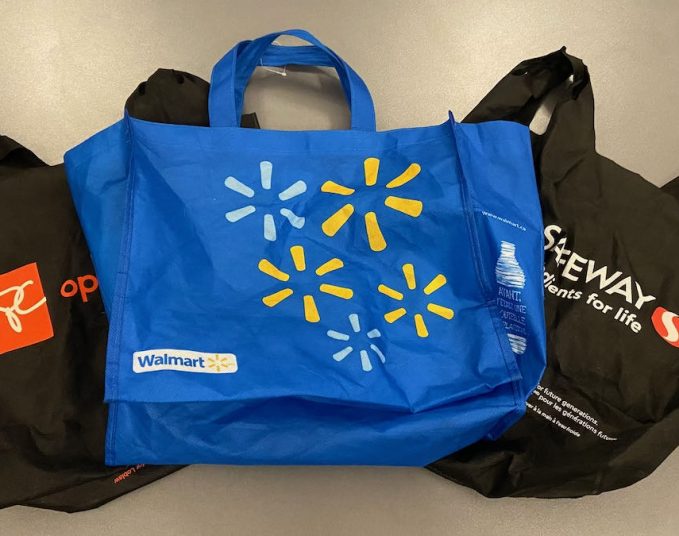Can you say wîhkwêntôwin? Well, it’s time to learn because the word — pronounced Wee-Kwen-Toe-Win — is slated to become the new name for the Edmonton’s Oliver neighbourhood.
Unveiled by the Oliver Community League (OCL) — now in the process of rebranding as the Wîhkwêntôwin Community League — late last month, the name is Cree and translates in English to “a circle of friends.” The OCL said the name is intended to reflect the neighbourhood’s diversity and “spirit of inclusion” by replacing the namesake of Frank Oliver, a politician and newspaperman whose legacy includes a swath of racist advocacy.
In the works since 2020, the name was decided on by an Indigenous-led coalition and is expected to be formally adopted by the City on February 7.
If the name is adopted a number of community landmarks, including the Oliver Arena, pool and Oliver Park will also receive the new moniker. As well, the future The Yards/116 Street Valley Line West LRT station will be rebranded as Wîhkwêntôwin/116 Street station.
But renaming landmarks and LRT stations won’t remove the name Oliver from the community in its entirety. Many businesses still carry the namesake and changing those business names can be bureaucratic, time-consuming and potentially costly.
I reached out out to several businesses in the area that bear the name Oliver — from dental clinics to convenience stores — but not a single one of them responded to the opportunity to weigh in on the name change. Instead, I decided to look at what the process, benefits and drawbacks might be for businesses that are name-change curious.
Red Tape
While it might seem as simple as replacing a storefront sign or changing a URL, rebranding a business’s operating name can be a little more cumbersome and requires navigating a lot of paperwork and a few potential fees.
In Alberta, name changes to corporations, trade names and partnerships can be done through registries and some law firms. They’re subject to a $50 provincial fee and a sliding scale of fees depending on which registry or firm is used.
Municipally, there are no fees charged to update a business operating name as long as the business’s license is still currently active.
Businesses also need to notify the federal government of any changes, though there is no fee.
Signage
Replacing signs bearing the name Oliver would be the first and most obvious choice for any business looking to cut ties with the Oliver brand, but doing so can take time and money.
In Edmonton, all signs on private property require City permits, which can run anywhere form $100 to $920. The good news is the City doesn’t charge additional fees for updating signs with new copy as long as a permit is still active.
Where things can get costly, is with the actual work of buying and installing new signs.
Cole Gupta is in business development with PM Signs, a company that manufactures business signs in Edmonton, Calgary and Saskatchewan. Gupta said costs associated with redesigns are hard to pin down, but typically start in the thousands.
“For small businesses, they typically spend a few thousand on a basic sign, but it depends on what they get, where and how large,” he said.
Business Impact
Perhaps the most important consideration for businesses is how a name change might impact their marketing and brand awareness. Nicole Poulette, president with KEEN Creative, an Edmonton-based marketing agency, said a name change can mean changing not just signs and URLs, but social media channels, printed and digital advertising.
“It’s sort of a spill-over effect when you make a major change like that,” she said. “You need to consider all of the ways people engage with your brand.”
In the case of businesses that have held the community name prior, however, Poulette said it makes sense to get on board with a the new name, particularly as time progresses and the name becomes more universally accepted.
“In [this] particular case, there are advantages to getting on board with the movement. It’s happened and your business is going to continue to reside in that area, so when people are looking it up, you’re going to be in alignment with the new name.
“Over time as that transition is more comfortable and people become more attached to the new name … as a business in that area it absolutely does make sense to consider that in your name.”
Savvy AF. Blunt AF. Edmonton AF.




